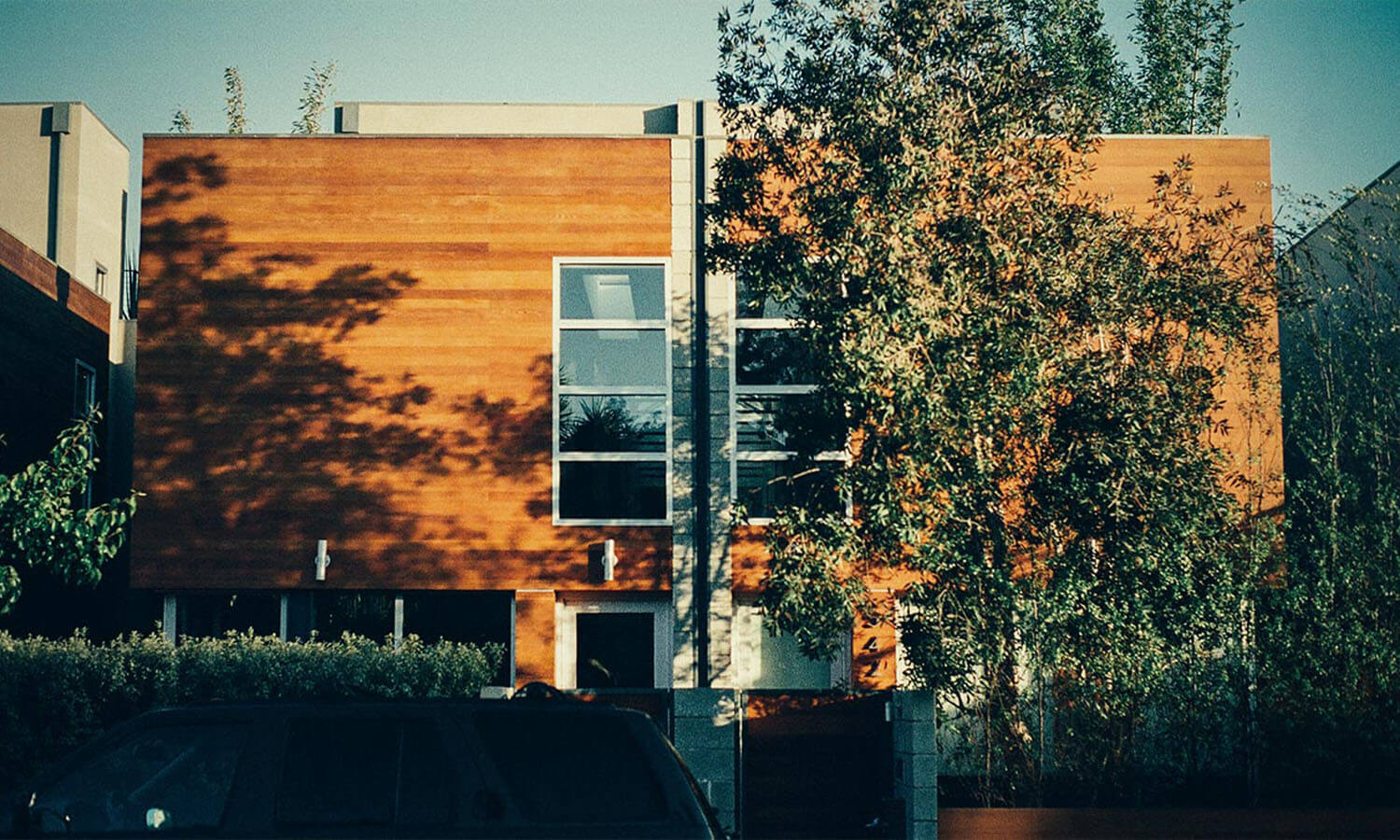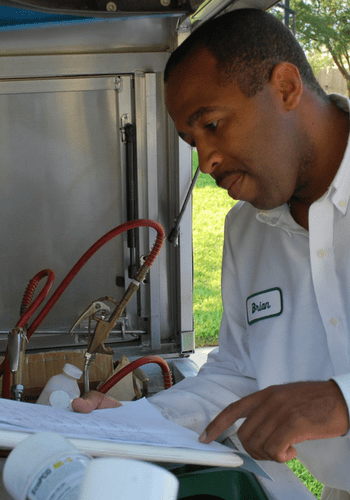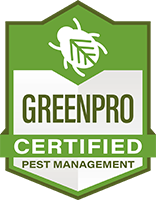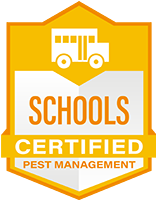
Termite Control
Helping Austin Homeowners with Termite Control
A termite infestation requires quick action by an experienced pest control team to minimize additional damage. Chem-free’s experts know exactly where to look for signs of subterranean termites and the most effective methods to protect your home.
Identification
Since the most common types of termites live beneath the soil, our pest control pros inspect your home’s interior, walls and exterior for:
- wood damage
- sagging floors
- mud tubes
- droppings (also known as frass)
- hollow wood
- bubbling paint
- swarming termites
- swarmers’ discarded wings
Once we discover the source of the problem, we will be better equipped to come up with a game plan to get rid of the termites—for good.

Planning
After our skilled technicians conduct a site assessment to discover how termites are entering your property, a strategy is created that is tailored to your home and your needs. This plan will address both how to eradicate existing colonies and how to address problem areas which have the potential for future infestations. Your Chem-free inspector will present a set of recommendations to you for your approval.
Once you approve our pest control plan, treatment can begin.
Treatment
Through extensive testing, we have found a treatment option which is highly effective at stopping subterranean termite colonies from feeding in and around your home, yet does not damage the surrounding ecosystem.
Altriset is a low-toxicity termiticide which paralyzes the termites’ mouthparts within hours so that these pests stop feeding on the wood in your foundation, walls, sheds and attics. Altriset can be applied as a spot treatment or as part of a larger termite management program. This compound remains in your soil near the application site, which discourages termites from returning for at least five years.
The most effective way to protect your biggest investment from termites is to apply Altriset around the perimeter of your home. Since termites reach your house through underground tunnels, Chem-free will dig a six-inch-deep trench and apply Altriset in these areas. If you have concrete around your home, our skilled technicians will apply the treatment through small holes drilled about 18 inches apart.
Monitoring
Most Texas yards, especially in more established neighborhoods, support termites. For this reason, Chem-free also installs sensors to detect when new colonies get dangerously close to your home’s perimeter. Although these signals alone does not indicate you have an infestation, our technicians can closely monitor related termite activity to prevent future problems.
Frequently Asked Questions
When indoors, swarmers crawl as soon as they lose their wings. Many homeowners confuse these wingless creatures as ants, although on closer inspection termites will have a less pronounced “waist”. Termites who have made their way indoors might also build a mud tunnel in a window frame, on a sheetrock wall or on a doorjamb.
Discourage termites from sticking around by removing piles of wood or lumber near your home’s foundation. Remove shrubs and other types of vegetation that might be in contact with your walls which might provide a pathway for termites to enter. Avoid planting trees too close to your home, and have a trained professional inspect your home each year for signs of termite activity.
- Keep plants away from external vents.
-
Eliminate any wood to soil contact, including fence posts and trellises, and either replace them with pressure-treated wood or set them on top of masonry blocks.
- Fix any water leaks, both indoors and outside.
- Keep your gutters free of water and debris.
- Keep shrubs trimmed so that branches don’t touch your exterior.
- Address any chronic moisture problems that might stem from poor ventilation or water accumulating on a flat roof or near leaky pipes.
- Schedule an annual home inspection by a termite professional to monitor for any additional damage.






